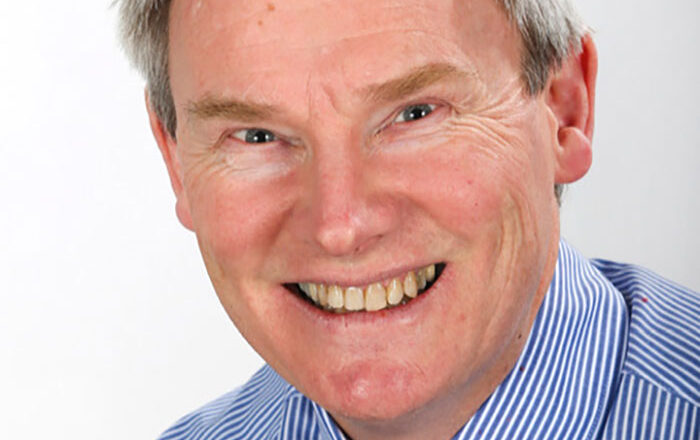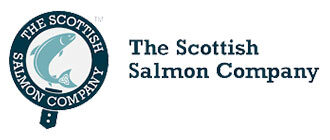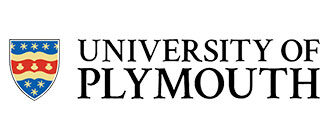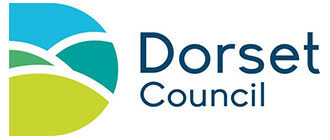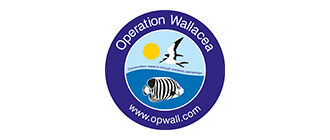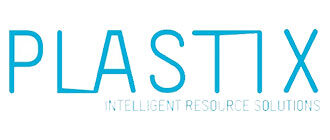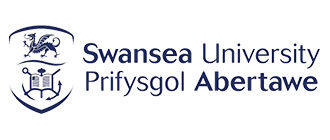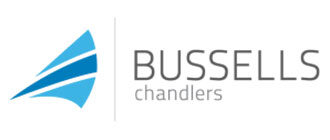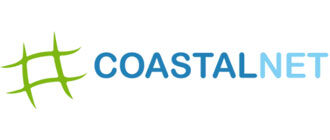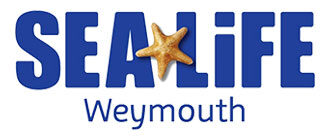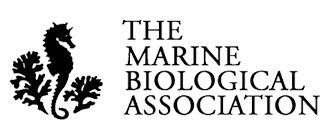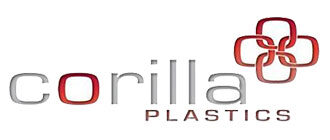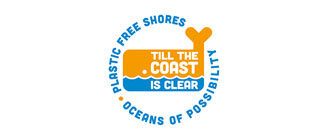SeaHives are designed to provide aquatic life with surfaces and shelter where they can settle, grow, mature and breed. Their design is the result of many personal observations by David Francis while diving on natural and artificial reefs, wrecks and a wide variety of submerged surfaces in both tropical and temperate seas. In all these locations, David noticed that it was the regular and unhindered flow of water through a stable structure that created and sustained the greatest abundance and variety of life.
The flowing water brings suspended food particles to the filter feeding animals, including sponges, tunicates, barnacles and tube worms. These animals grow and spread out across solid surfaces, and in turn are predated by other animals, and thereby initiate a new ‘food chain’.
As well as providing surfaces for new ecosystems to develop, SeaHives also create a variety of habitats for larger fish and invertebrates to occupy, both to shelter from their predators and to mature and breed.
SeaHives tubes are 2m long when they are manufactured, and can then be cut to the ideal length to achieve the greatest benefit for the location where they are to be deployed.
Remote cameras can be secured in SeaHives to monitor the variety and quantity of aquatic life in and around the structure. Future use of Artificial Intelligence (AI) software will allow the images captured by remote cameras 24/7 to be automatically analysed. This will provide valuable and timely information about the health of the aquatic environment, especially commercially valuable fish species.



